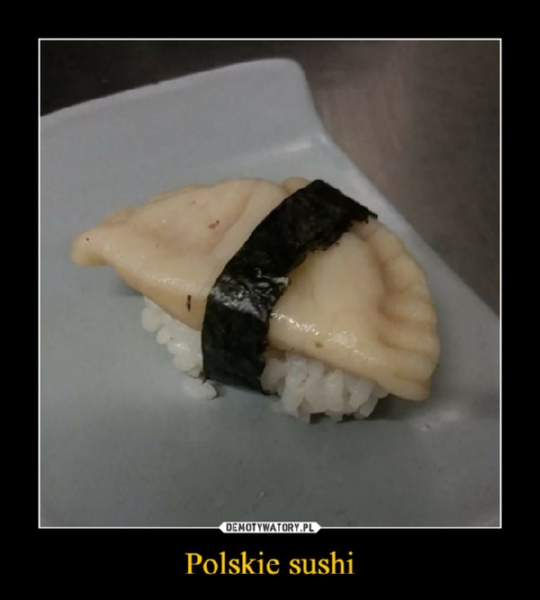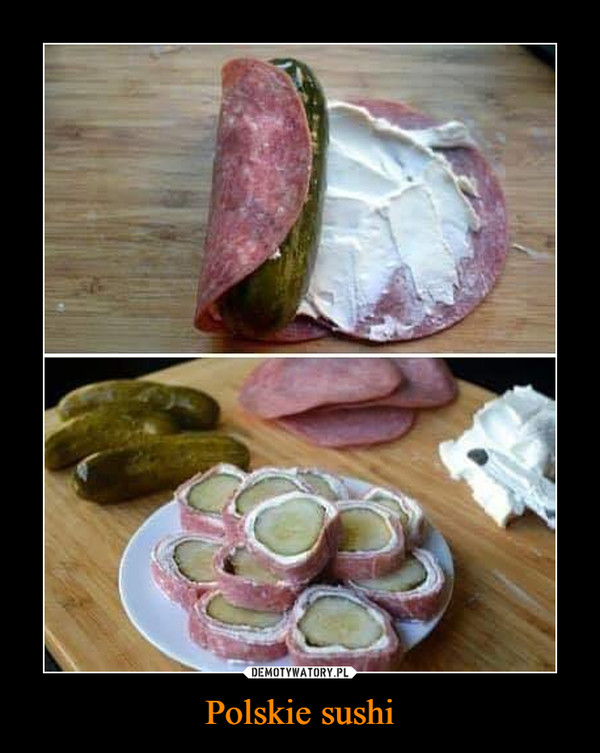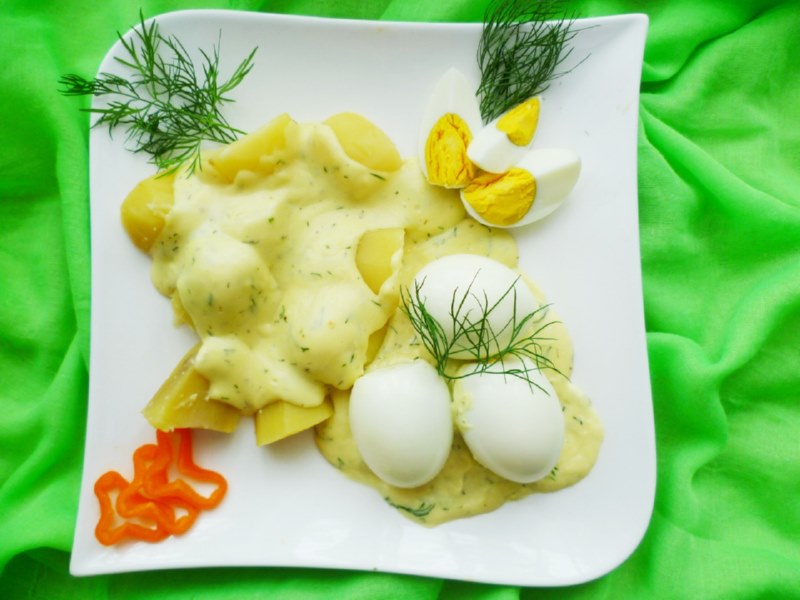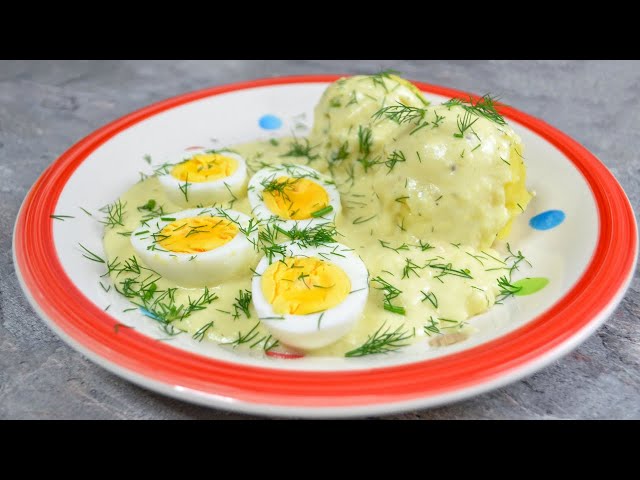Devilled eggs (in the US at least) don't use a sauce
There's an overlap between devilled eggs and the more 60s suburban egg mayonnaise. Half a boiled egg slathered with mayonnaise flavoured with Dijon mustard. Real mayonnaise so a little runnier than bottled.
We never had them at home, though I'd eaten them at other houses. I'd have one out of politeness (being happy if I never ever saw an egg, except maybe poached once in a blue moon).
Very much a 70s/80s thing though
It's time for a 70s and 80s food revival. Not just stuff like arctic rolls but tinned salmon instead of tuna (a much better product) and things like chicken Maryland or for an ultra special occasion Tournedos Rossini.
My late ex was a few years older than me and used to cook in a 70s way, mackerel pate and toast etc. I learnt from Delia Smith so am sort of a bit stuck in the 80s. Her recipes always work though.





